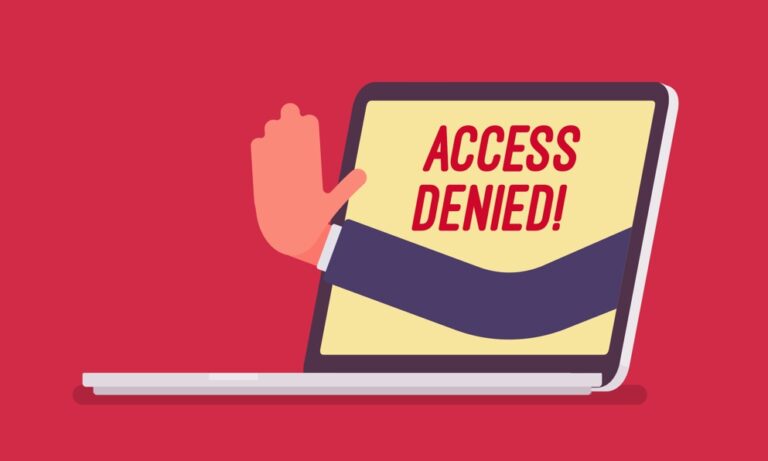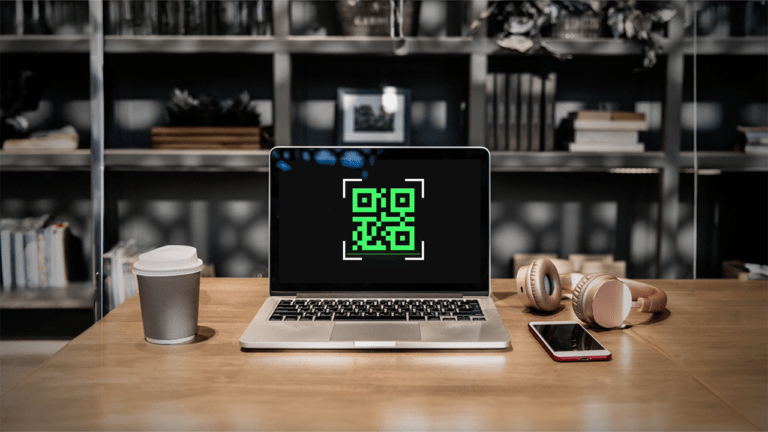Zero Trust – That buzzword you keep hearing about explained

Zero Trust is the new ‘take no chances’ security system that businesses are switching to. Here’s everything you need to know.
Zero Trust is probably a term you’ve come across multiple times in the last six to twelve months. The model was designed in 2010 by John Kindervag, a principal analyst of Forrester Research Inc. at the time. Fast Forward a decade, and the security model is becoming the hottest buzzword in the IT space. We give you the lowdown on what it is, why it’s important for your business, and the technology behind it.
What is Zero Trust?
As the name implies, Zero Trust literally means do not trust anyone. For example, we can no longer assume that it really is Jim from the finance department who is trying to access the CRM from his smartphone at home. In this typical situation, the system would not grant access to any services or applications until Jim can prove his identity.
Why is Zero Trust important?
Security specialists are warning businesses against using the outdated ‘trust but verify’ method. In this scenario, the company takes it at face value that ‘Jim’ is attempting to sign in and raises no questions when Jim knows the correct password. The castle-and-moat mentality of fortifying all company information and credentials within the business walls is futile in today’s technological landscape.
The surge of data breaches within the last five years highlights that cyber attacks are becoming more sophisticated. Similarly, hackers are becoming more determined than ever to outsmart existing security measures. SIM jacking, ransomware, phishing and malware attacks are just some of the methods criminals are deploying to access sensitive credentials. Digital Guardian reports that a data breach in the US costs a business an average of $8.19 million. On a global scale, cybercrime is estimated to cost as much as $6 trillion annually by this time next year.
Use Cases
More and more organizations of all sizes are investing in cloud services. Centralising business operations in an online location facilitates remote workers and employees working overseas. Therefore, context becomes critical when a user attempts to log in. For example, the type of device, IP address and location all need to be considered when an attempted sign in is detected.
The Technology
Zero Trust technology consists of a variety of components. These include analytics, encryption and multi-factor authentication (MFA). For example, biometrics such as facial and app recognition are starting to replace SMS and email verification. Another important element is Identity Access Management (IAM). This system determines which users can access what resources and controls the kind of actions they can perform. Put simply, the more layers a security system has, the harder it is for a cyber spy to penetrate it.
Taking back control
IT Analysts are hailing Zero Trust as the newest and most effective approach for combating identity theft and preventing data breaches. Consider how thorough airport security has to be with every individual passenger. Similarly, the Zero Trust system only grants access when it has performed all the necessary x-rays and screenings. Therefore, your high alert system will catch that once off occasion where Jim from finance is actually a dangerous cyber criminal waiting to pounce. As the saying goes, you can never be too careful, especially where cyber security is concerned!
Check back next week to learn how implementing Corrata will greatly facilitate your move to a Zero Trust model.
For more industry news, insights and analysis – follow us on Twitter and LinkedIn!





